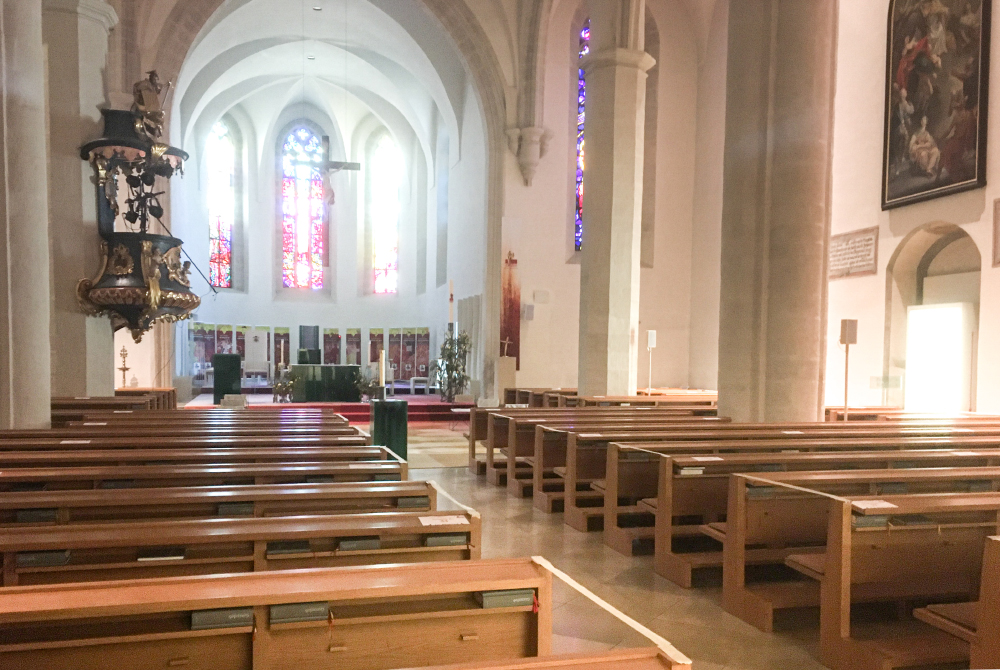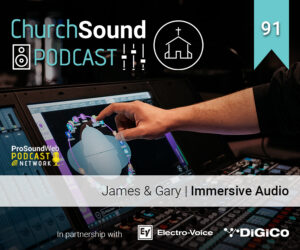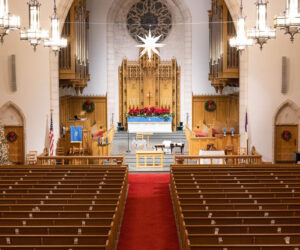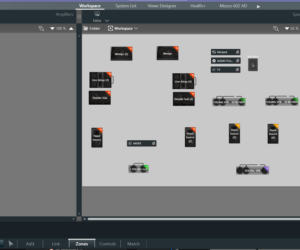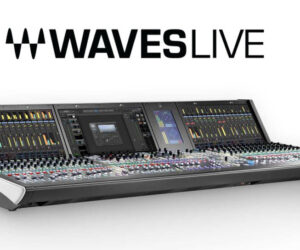Dom St. Martin, a historic cathedral in Eisenstadt, Austria that first opened its doors in 1522, was recently outfitted with a low-profile sound reinforcement system utilizing Adamson Systems Engineering loudspeakers in an effort to improve speech intelligibility and reinforce small, contemporary musical ensembles with added clarity and depth.
Previously known as St. Martin’s Church, the Gothic cathedral features a pipe organ created to the specific instructions of Austrian composer and “Father of the Symphony and String Quartet” Franz Joseph Haydn. Over time, it’s been damaged by fire and rebuilt, and, more recently, in 2003 underwent a painstaking remodeling undertaken by architects Lichtblau-Wagner.

“The Dom” is renowned for its presentation of sacred music, including Eisenstadt’s annual Haydn Festival, and required an audio system that would deliver quality vocal and instrumental reinforcement and intelligible reproduction of speech. “These types of churches were designed to project the voice without any reinforcement because there was no reinforcement,” says Jochen Sommer, Adamson’s Hamburg, Germany-based Director of Operations, noting that it creates a challenging acoustic environment.
That challenge was taken on by audio consultant and sound designer Martin Laumann, who specified two Adamson Point 8 loudspeakers for mains and six compact, passive, 2-way coaxial PC5 loudspeakers as delay lines, all driven by two Lab.gruppen PLM 5K44 amplified controllers. Commissioning and installation of the system was supported by GH-Beschallung’s Günther Huemer.
“Previously, the church had column speakers installed, but the setup lacked intelligibility in the rear of the sanctuary and wasn’t suitable for some of their music performances,” Huemer explains. “We did a simulation and then tested the Adamson set up during Easter services in 2019, and everyone in the whole church could hear everything very clearly. Once the previous system was switched on again afterward, the decision to go with Adamson was obvious.”

While many churches gravitate towards column loudspeakers, the direction taken on this project was intended to maximize music reinforcement, with Huemer noting, “Sometimes there are two or three musicians playing guitars and/or keyboards and the Point 8 and PC 5 are very small and provide more output and clarity than column speakers.”
With the Point 8 cabinets mounted to the wall on either side of the altar roughly two and a half meters high and the PC 5 placed on steel pipes also two meters high and flush against architectural columns in the cathedral’s sanctuary, “the transparency and frequency response is much better,” Huemer states.
The result has been even coverage and solid intelligibility throughout the sapce, adds Laumann, who also uses an Adamson rig consisting of eight S10, two Point 12, four Point 8, and four PC 5 for his work as “Tonmeister” at Vienna’s Musikverein concert hall, and whose company, X Audio, installed and aided in the testing of the cathedral’s new system.


